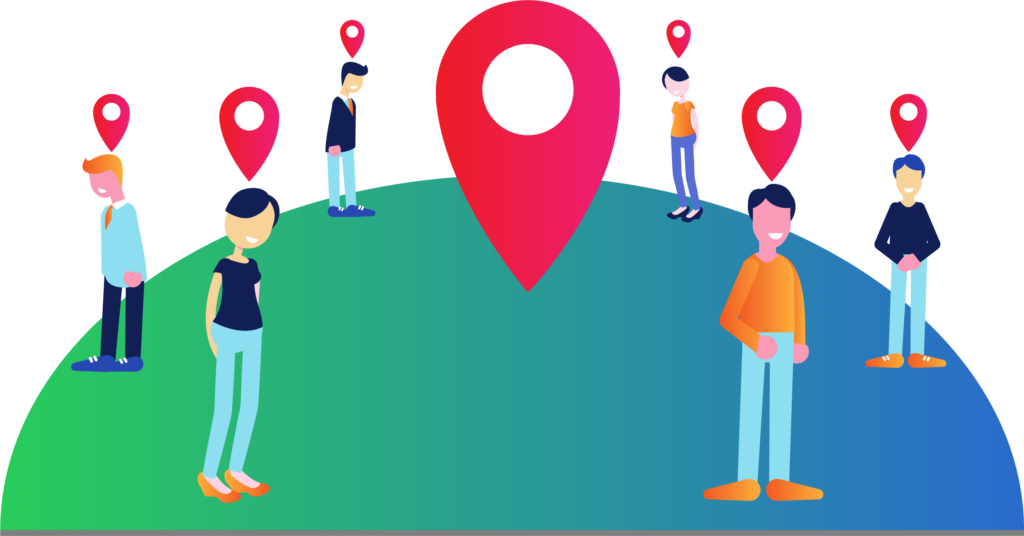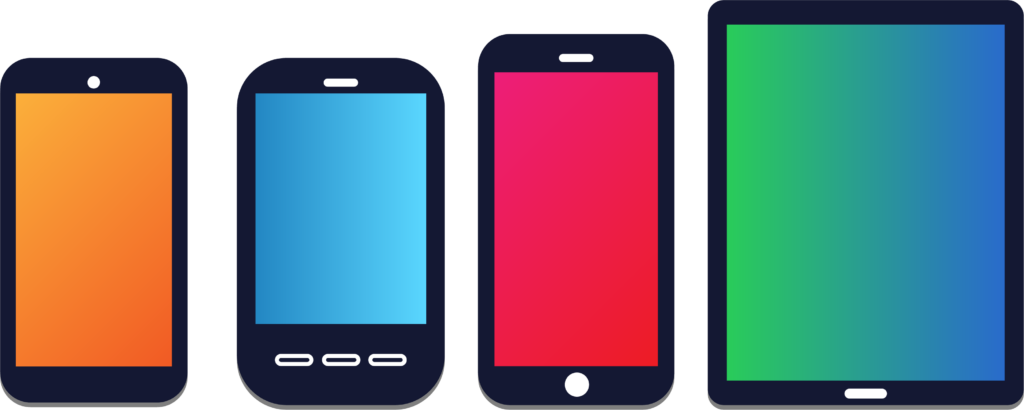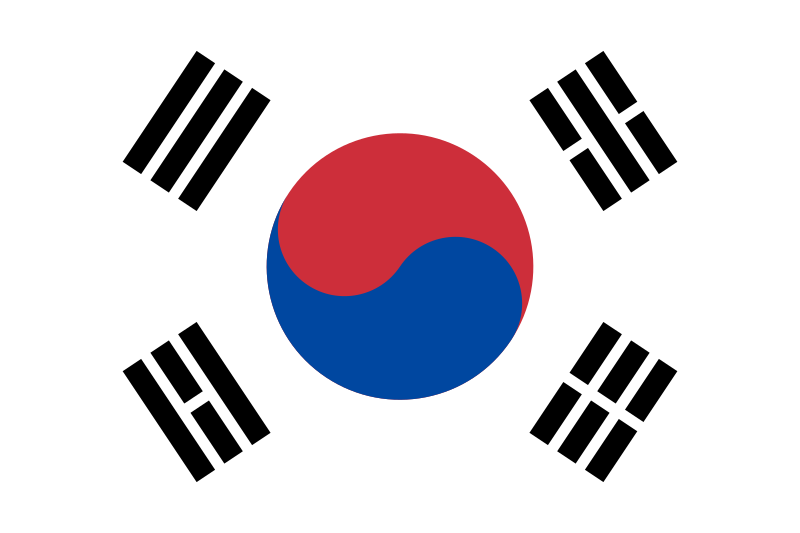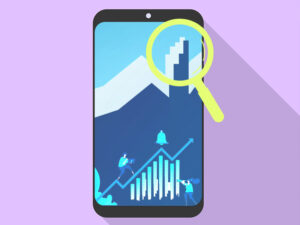Many advertisers believe that, should they choose to work with multiple programmatic mobile DSPs, that they run the risk of “cannibalising” their ad spend. This concept results from the misconception that because two or more DSPs have access to the same traffic that they are necessarily bidding on the same traffic, and so will increase the price of the traffic through simple competition within a second-price pseudo-sealed-bid environment (click to learn more about auction theory). While it is true that, if an advertiser works with multiple DSPs who have access to the same impression request, those DSPs could bid on that request and increase cost, the likelihood of this actually occurring is so small that the concept borders on negligible. Let us explain by demonstrating four reasons why advertisers should seek to develop a broad programmatic strategy.
Top four reasons to diversify your programmatic partnerships:
- The sheer volume of users and queries is enormous. Kaden has access to around one million queries per second. This is not an insignificant figure when considering the technical challenge of replying to, and archiving, so many impression requests in real time, and it is a figure which exceeds most other DSP platforms. However, this is actually only a fraction of the available market. To understand, consider the United States, which has a population exceeding 331 million and where households average 11 smart-connected devices, each device potentially receiving multiple ads per hour. That’s a lot of advertisement impressions. When this thought exercise is extrapolated to a global scale, access to one million impression requests per second can begin to look like a blip. It is prudent to say that to reach the scale you may want for your app campaign it may be necessary to use more than one DSP!

- The algorithms vary. At Kaden we use proprietary algorithmic machines to hone in and focus on ideal users for your app at ideal times. Algorithmic technology is developed by each DSP independently and often involves extrapolating unique data points to come to their logical conclusions. Therefore, while there is the potential that two algorithms could conclude a particular user is of value, it’s unlikely in the extreme that they will come to the same conclusion on the bid price (which is a factor of assumed CTR, CVR and post install engagement rates). In a world of brand dollars arguably exceeding user values, performance advertisers may have to accept that different approaches to the development and application of machine learning may be essential to create the bid-value scope needed to access users.

- The creative formats and placements available vary. One of Kaden’s core focuses is the application of interactive creative experiences – also known as playables – with sophisticated multivariate development processes and unique iteration strategies for each advertiser we work with. This process allows us to target users in a contextual fashion and provide unique optimisation strategies to hone in on quality. However, creative application will differ partner by partner. For instance, other DSPs may run and specialize in 320×50/300×50 creatives, which we do not run at Kaden. If you want to take advantage of a variety of styles of creative, and a variety of placements, you may be best served by engaging in multiple programmatic partnerships knowing that each DSP is not necessarily interested in the same impression requests.

- The traffic from exchanges varies. The name “Demand Side Platform” implies that DSPs work to access and aggregate multiple RTB exchanges on the behalf of advertisers, constantly adding to, removing from, and adjusting sources. While there are several large global exchange platforms which are utilised by most DSPs most of the time, there are many niche exchanges and RTB platforms which help define the unique reach of each DSP. For instance, there are several GEO-specific RTB exchanges which seek to differentiate themselves by better serving their target market than a larger, globally-focussed, exchange could potentially manage. Moreover, individual developers with large userbases have begun to develop and market their own exchanges – not simply PMP deals, but fully functional exchanges for DSPs to listen to and purchase from – which means that the blend of traffic each DSP has access to is in most cases likely to be unique. Make sure your DSP is continually assessing its traffic sources for fraud at the impression level. Depending on how you’d like to grow and scale your campaigns, there are benefits to having multiple DSPs working to access traffic through interesting routes and with unique buying strategies for you.

Working with multiple programmatic partners allows you to see what is working and what isn’t. Ultimately, choosing who to work with is about critically evaluating your results! Test, test, and test some more, because there is no one-size-fits-all solution. One algorithm, or one GEO, or one creative development process may work for others and not for you. In order to understand the successes and failures, testing is crucial. Expand your horizons, and consider a variety of programmatic partnerships when launching your next advertising campaign.

 Português
Português 韓國
韓國 日本
日本
